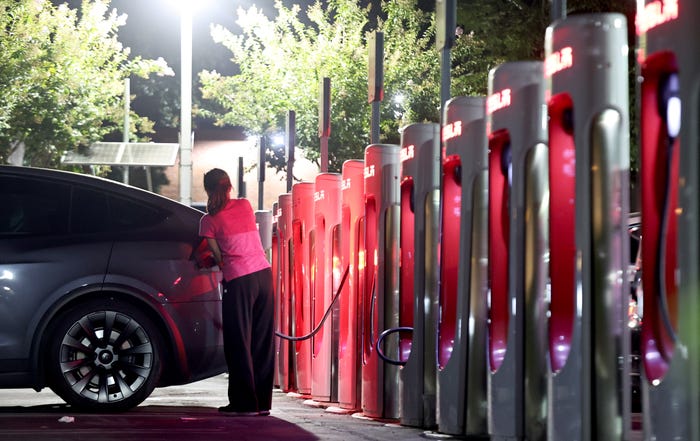Amazon Satellite Test Mission a Success Ahead of 2024 Mass DeploymentAmazon Satellite Test Mission a Success Ahead of 2024 Mass Deployment
Project Kuiper is Amazon’s proposed internet constellation, set to rival SpaceX’s Starlink satellite network
.png?width=1280&auto=webp&quality=95&format=jpg&disable=upscale)
Amazon has announced a 100% success rate for its Project Kuiper Protoflight mission, 30 days after it sent two prototype satellites to space.
According to a statement, the team validated all systems and subsystems on board the prototype satellites, and “demonstrated the first two-way video call over Amazon’s end-to-end communications network.”
With the initial testing complete, Amazon said the project is on track to achieve mass satellite production, with full-scale deployment expected to begin at the beginning of next year.
“Kuiper was an idea on a piece of paper a few years ago, and everything we’ve learned so far from our Protoflight mission validates our original vision and architecture,” said Rajeev Badyal, vice president of technology for Project Kuiper. “We still have a lot of hard work ahead, and scaling for mass production won’t be easy.
“To get these results on your very first mission though – and so quickly after launch – is an incredible feat, and it’s only possible because of the expertise and dedication of our team here at Amazon.”
Project Kuiper is Amazon’s proposed internet constellation, set to rival competitor SpaceX’s Starlink satellite network, by providing accessible, affordable broadband to customers around the world.
The Protoflight mission was designed to test all three key elements of Amazon’s network: low-Earth orbit broadband satellites, small-scale terrestrial antennas and a ground-based communications network.
“Our Protoflight mission has allowed us to test the full range of hardware, software, and infrastructure that underpin our network,” Amazon said in its statement. “This includes the key systems and subsystems that allow our satellites to operate safely and reliably in space – satellite structures and mechanics, flight computers, propulsion systems, solar power generation and distribution systems, batteries, reaction wheels and more.”
The mission also allowed the company to test its terrestrial infrastructure, including its tracking and control stations in Hawaii and Mauritius, a ground gateway station in Texas and connection points to the terrestrial internet via Amazon Web Services.
Amazon said it is planning to continue running experiments over the next several months under different conditions, to observe how its prototype satellites weather the extremes of space.
Beta testing is set for the second half of next year, with early partners Vodafone and Verizon to be among the first to participate in those service pilots.
About the Author
You May Also Like








